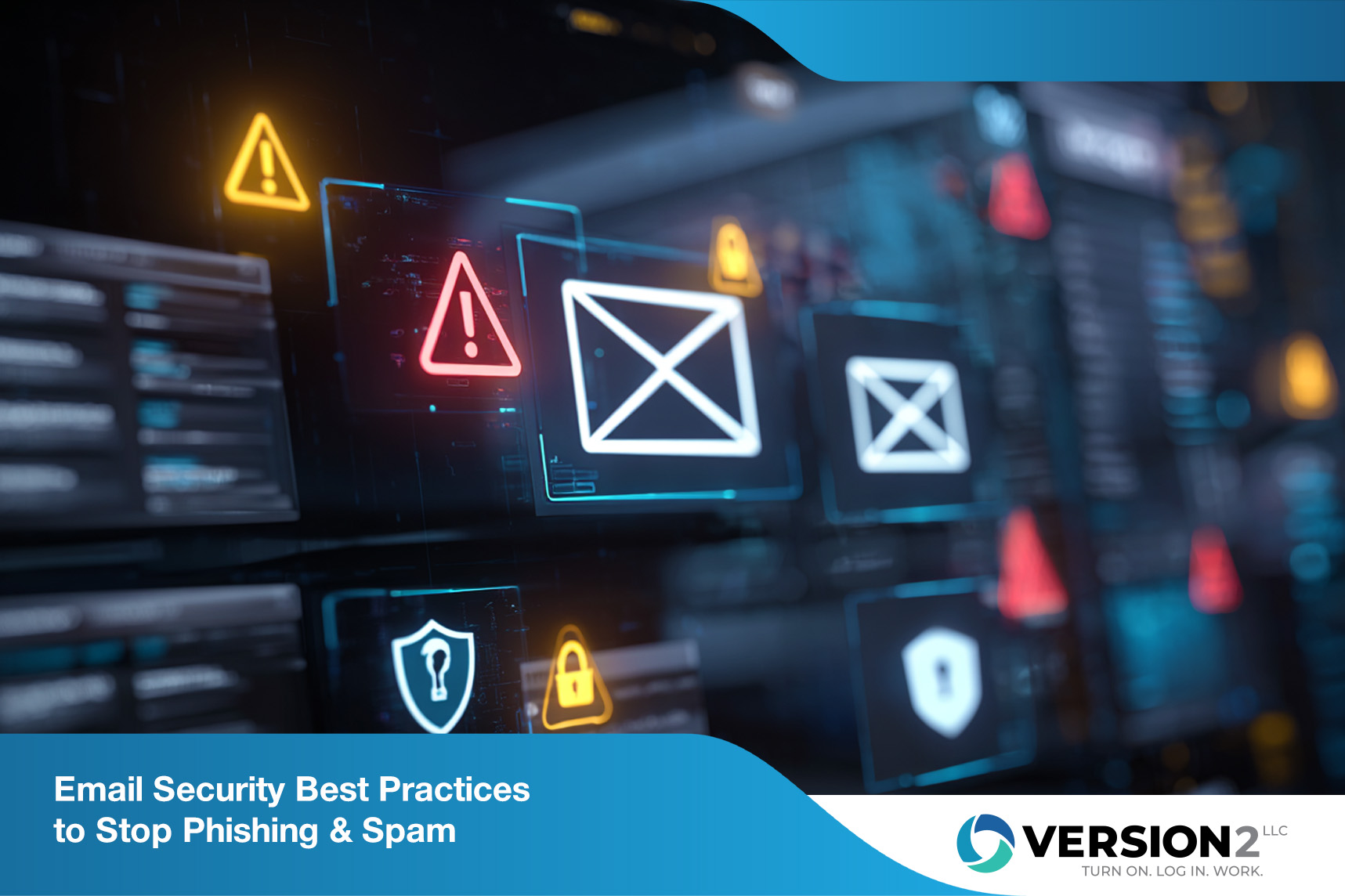
November 27, 2025
Network Firewall Configuration Tips to Secure Your Firewall
Learn how to master network firewall configuration, avoid common mistakes, and secure your systems with proper rules and policies.
October 23, 2023
.webp)
Email communication integral for the growth of your business. That's why securing your inbox should be a top priority.
As unsecured email inbox is an open invitation to cybercriminals to steal your crucial information to carry out identity theft or fraudulent activities. Similarly, they can trick your employees into sending money or deploy malware to steal critical information through phishing scam emails.
However, strengthening employee security awareness is paramount in safeguarding your business. Employee cybersecurity awareness training is crucial. It acts as the frontline defense against cyberattacks, empowering your workforce to identify and mitigate potential threats. Don't wait until it's too late, contact us to enroll in cybersecurity awareness training today.

Phishing scams remain one of the most prevalent and successful types of cyberattacks today, so being aware of the danger they pose to businesses like yours is extremely crucial. Your business could easily be the next victim if you don't clearly understand how threat actors leverage phishing emails.
In this blog, you'll learn how to spot a phishing scam email, the various types of phishing attacks, and most importantly, how you can secure your email and business.
The goal behind phishing emails
Cybercriminals use phishing emails to lure unsuspecting victims into taking actions that will affect business operations, such as sending money, sharing passwords, downloading malware or revealing sensitive data. The primary intent behind a phishing attack is to steal your money, data or both.
Financial theft — The most common aim of a phishing attempt is to steal your money. Scammers use various tactics, such as business email compromise (BEC), to carry out fraudulent fund transfers or ransomware attacks to extort money.
Data theft — For cybercriminals, your data, such as usernames and passwords, identity information (e.g., social security numbers) and financial data (e.g., credit card numbers or bank account information), is as good as gold. They can use your login credentials to commit financial thefts or inject malware. Your sensitive data can also be sold on the dark web for profit.
Be vigilant and look out for these phishing attempts:
Different types of phishing
It's important to note that phishing attacks are constantly evolving and can target businesses of all sizes. While phishing emails are a common method used by cybercriminals, they also use texts, voice calls and social media messaging.
Here are different phishing bait that you should watch out for:

Emails are crucial for the success of your business. However, implementing email best practices and safety standards on your own can be challenging. That’s why you should consider partnering with an IT service provider like us. We have the resources and tools to protect your business from cyberattacks, helping you to focus on critical tasks without any worry. Contact us now!

November 27, 2025
Learn how to master network firewall configuration, avoid common mistakes, and secure your systems with proper rules and policies.

November 26, 2025
Discover email security best practices to protect your business from phishing, spam, and other email threats. Learn practical steps and tools that work.

November 24, 2025
Learn how business password management helps protect your company from breaches, streamline access, and secure sensitive data with the right tools and policies.